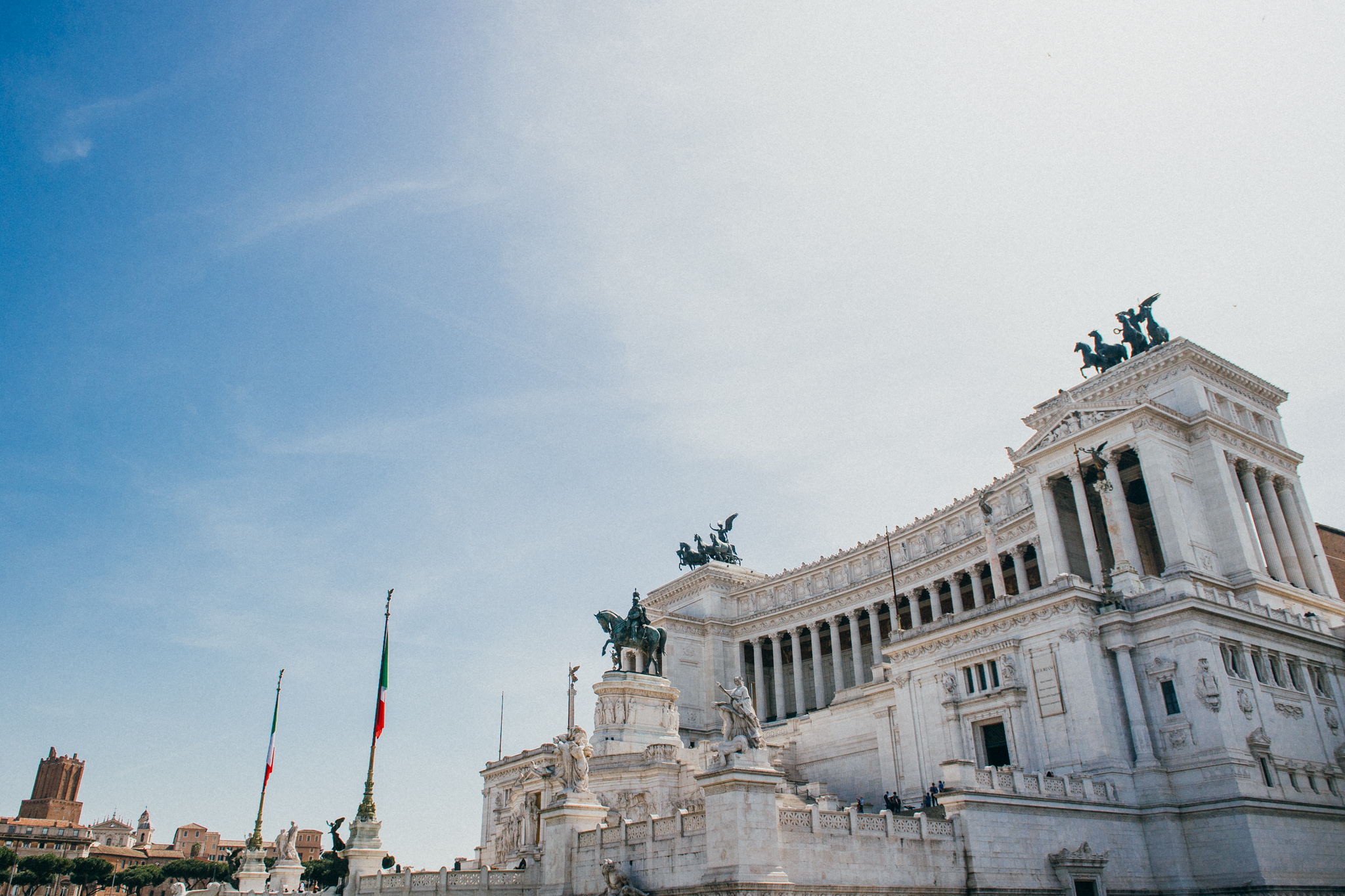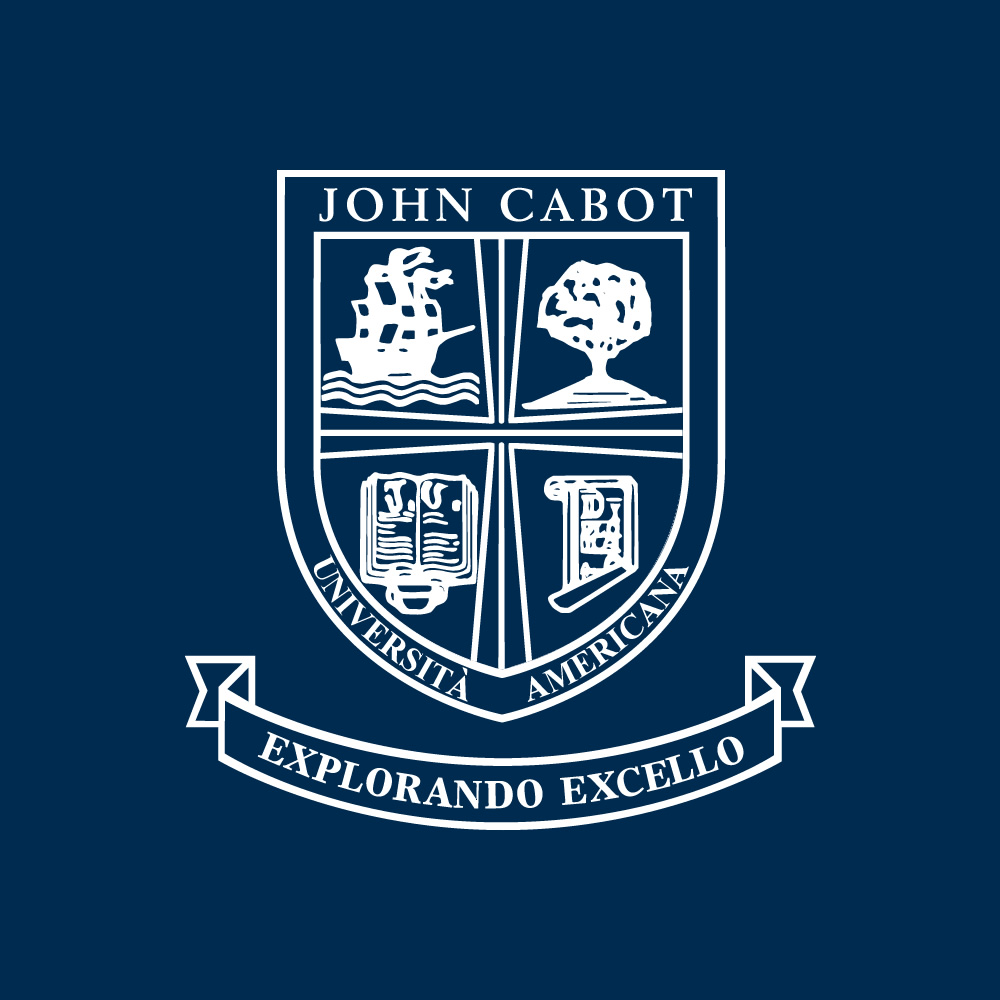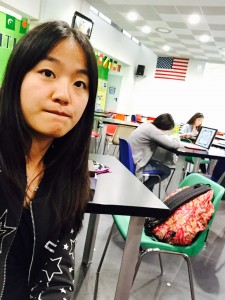

As you all know, John Cabot University is located in the center of Rome. Around the university, there are many interesting views and buildings which represent the art of ancient Rome and its history. Today, I am going to tell you a little bit about some of these places.
Circo Massimo is the first and the largest chariot racing stadium used during the ancient Roman Empire. The area is 621 meters long and 118 meters wide, and can fit more than 150,000 people. As time passed, the stadium has gradually changed from its initial flourishing land ground to today’s wild grass ground. Most parts of the stadium have been destroyed but the race track can still be seen.

Colosseo is an oval amphitheatre which, in ancient Roman times, held approximately 50,000 to 80,000 spectators. The amphitheatre was used for gladiatorial shows between gladiators and beasts. Every gladiator needed to fight against a beast or another gladiator until one of them dies. This gladiatorial show was prohibited in 523 A.D. The amphitheatre was badly damaged by two earthquakes in 442 AD and 508 AD. In medieval times, the amphitheatre was not yet reinforced so it suffered further damage. In 1749, the Colosseo was declared a holy place because during that time many Christians were sacrificed there.
Piazza Venezia is a square located in the center of Rome. The landmark that dominates the square is a marble monument, built over a period of 25 years, to celebrate the unification of Italy. The marble building is built by 16 cylindrical pillars and two fountains. At the middle of the building, there is a statue of the first king of Italy, Vittorio Emanuele II. On the top of the monument, there are two huge bronze statues: the right one represents the victory of the country, and the left one represents the victory of labor work. Both soldiers are placed there meaning that they are protecting the country day and night. One of Rome’s greatest views can be seen from the top of the monument.
 Piazza Navona is an open space in the center of Rome. It is not as big as the other squares, but there are three famous fountains: Fontana dei Quattro Fiumi, Fontana del Moro, and the Fountain of Neptune. Nowadays, many street painters and acrobats gather at the piazza to perform. When you are standing in the middle of the piazza and looking around, the view of different houses makes it one of the best parts of Rome.
Piazza Navona is an open space in the center of Rome. It is not as big as the other squares, but there are three famous fountains: Fontana dei Quattro Fiumi, Fontana del Moro, and the Fountain of Neptune. Nowadays, many street painters and acrobats gather at the piazza to perform. When you are standing in the middle of the piazza and looking around, the view of different houses makes it one of the best parts of Rome.
Just reading about and looking at the photos of the places is never enough. You have to visit and experience the nature and culture of the places physically. Eventually, there are more places to visit around JCU. We are here waiting for you to visit! Contact us at admissions@johncabot.edu to find out more about John Cabot University.





